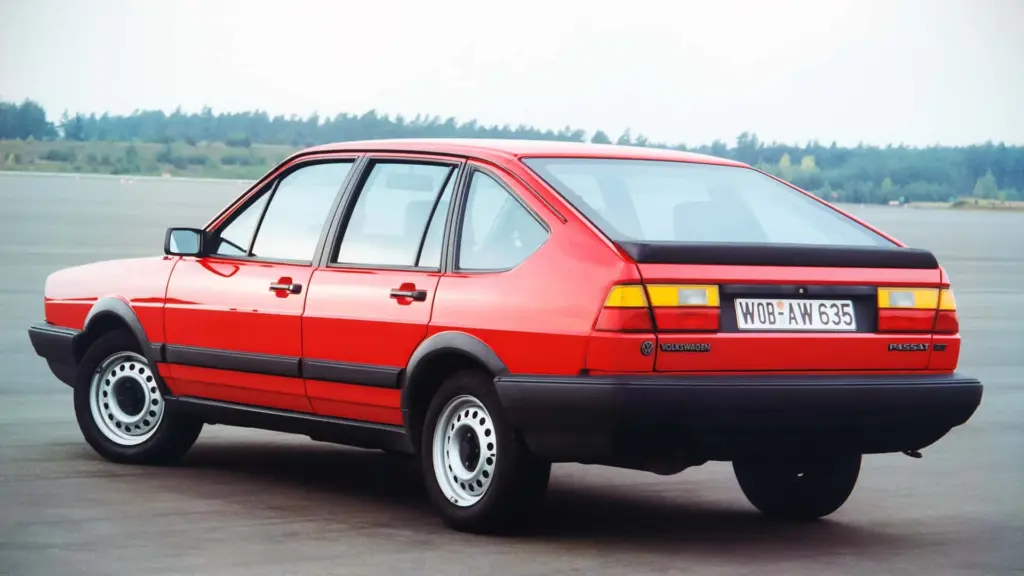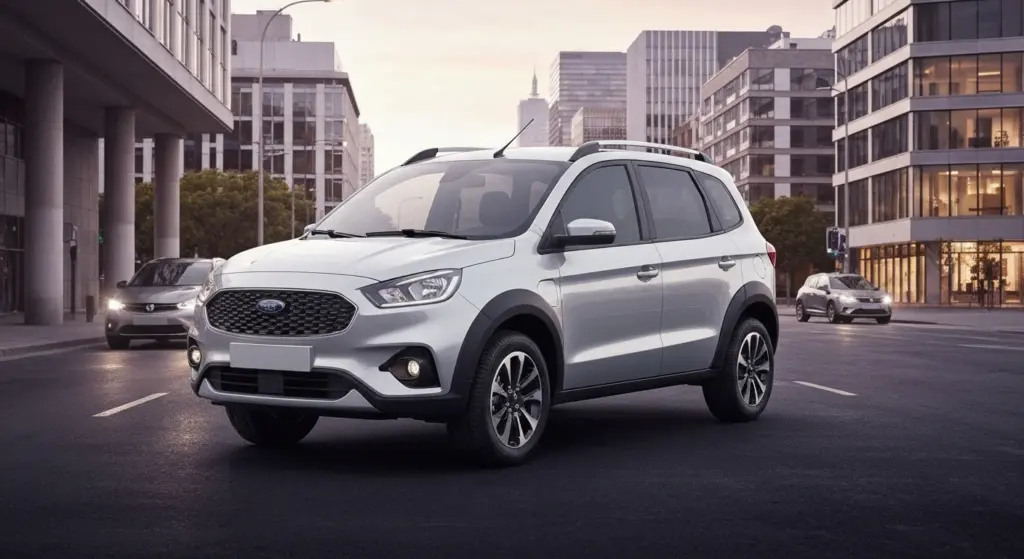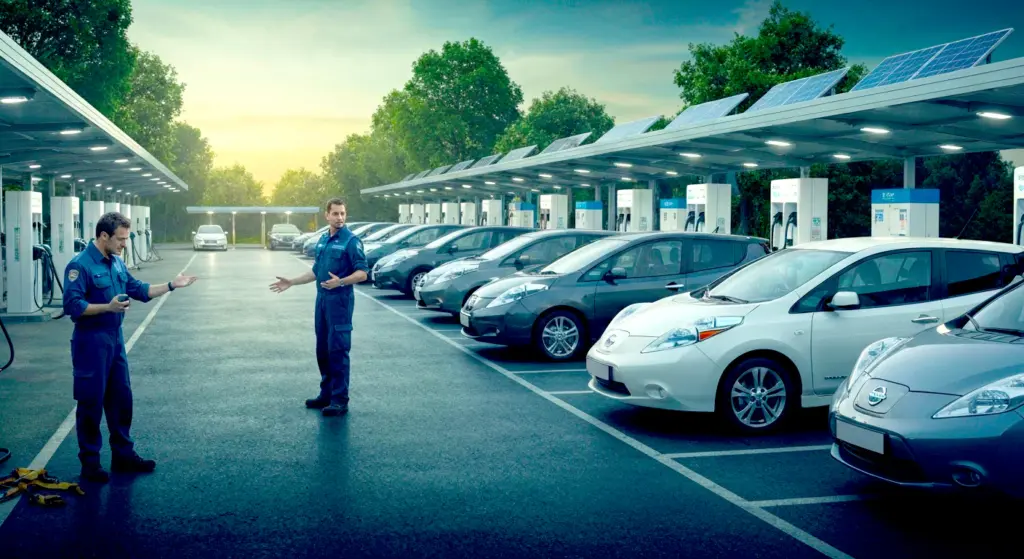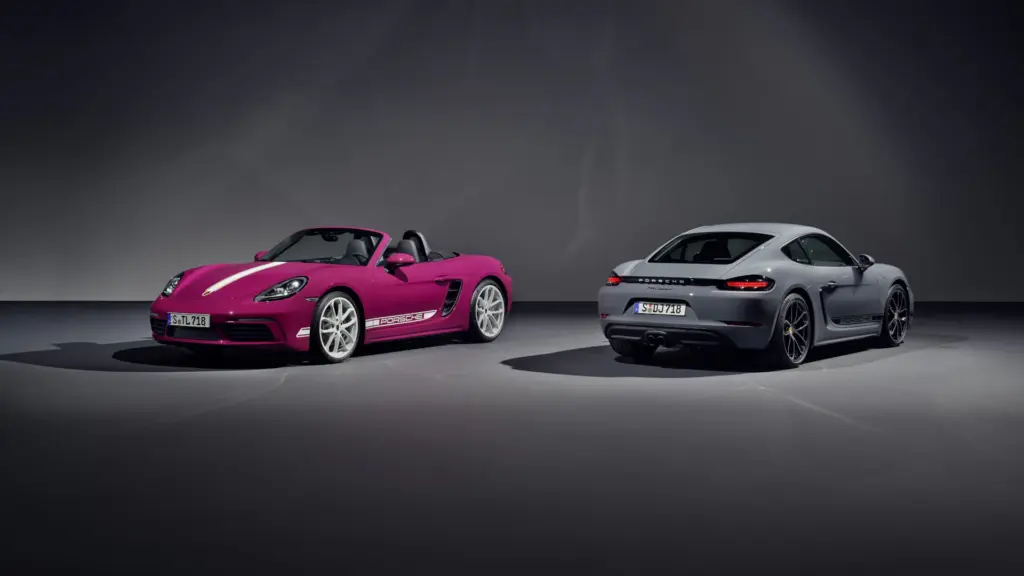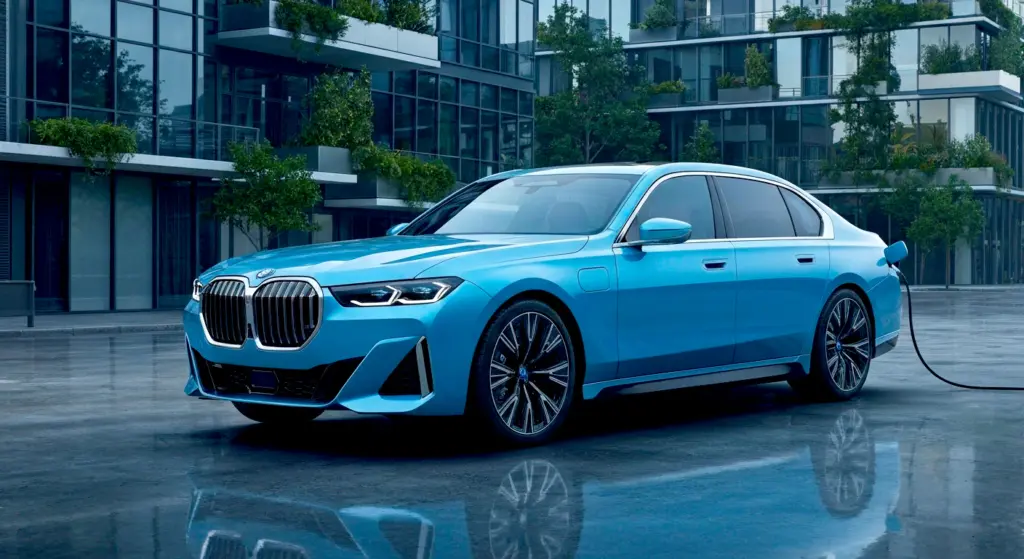I confess that upon seeing the first images of the New Honda GT, I was intrigued. A strong name, interesting lines… but then came the interior. And frankly, I’m still trying to process the amount of screens. Is six really not an exaggeration?
What Exactly is the New Honda GT?
Let’s put this into context. The Honda GT is not a global model we will see on the streets anytime soon. It is part of the second wave of launches from Honda’s newly created “Ye” series of electric vehicles, focused exclusively on the Chinese market. It follows in the footsteps of the S7 and P7 models introduced last year.
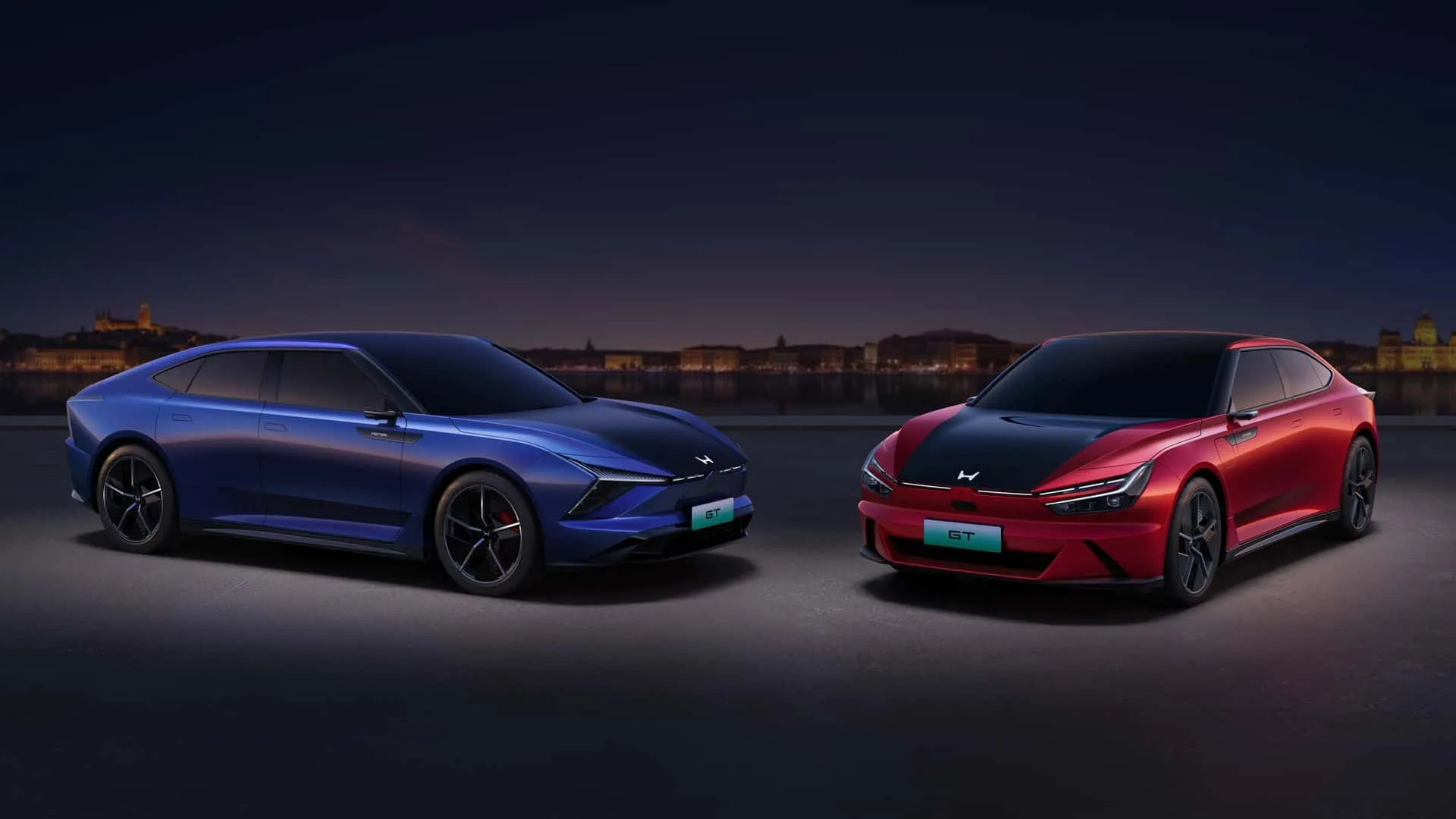
This electric GT is born from Honda’s collaboration with its joint venture partners in China: Dongfeng and GAC. Thus, we’ll see two slightly different versions on the roads: the blue one (Dongfeng Honda GT) and the red one (GAC Honda GT). Both share most of the body but have distinct details in bumpers and lights, a common practice known as “badge engineering.” According to Honda’s announcements, these models are positioned as flagship cars of the Ye lineup, although technical details remain a mystery.
Exterior Design: A Ray of Hope?
If the interior gives me chills, the exterior of the Honda GT deserves praise. With a more sloped roofline and coupe style, it brings a welcomed sportiness to the Ye family. The look is modern and distinctive, moving away vastly from what we see in global Hondas. It’s a design language that, dare I say, works very well.
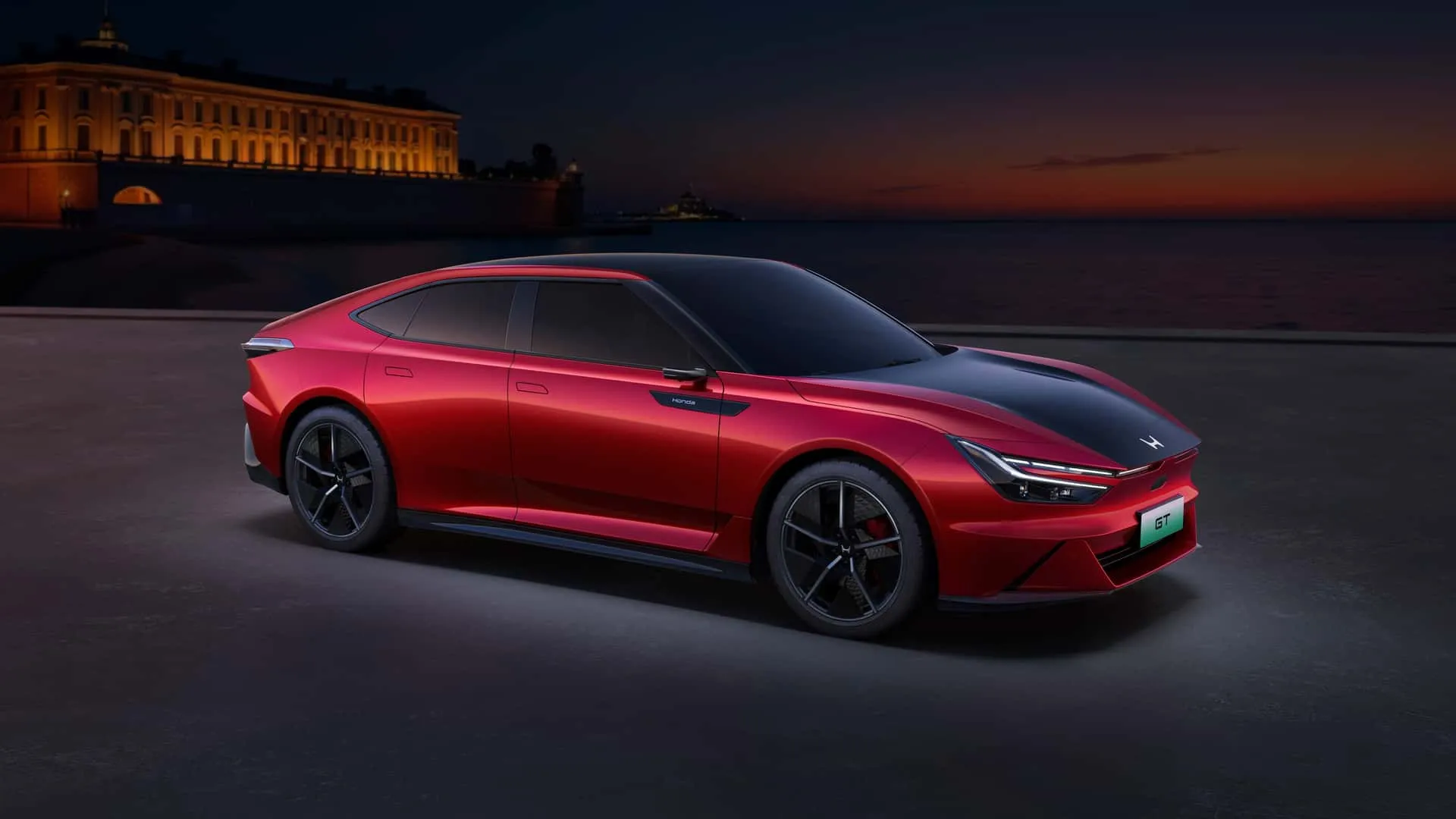
Both versions (Dongfeng and GAC) boast a two-tone paint job and a new Honda emblem, departing from the traditional rectangle. It’s a fresh visual identity that seems to aim at a younger, more connected audience—something Honda also explores in models like the recent Honda Civic 2025 Hybrid in other markets, although with different approaches.
The Interior: A Nightmare of Screens or a Futuristic Vision?
Here’s where it gets tricky. We keep hearing that smartphones distract us while driving, but how do we justify a dashboard with SIX screens? Yes, you read that right. We have side screens in the door panels (connected to external cameras that replace the mirrors), the upper instrument cluster (essential, okay)… but what about the rest?
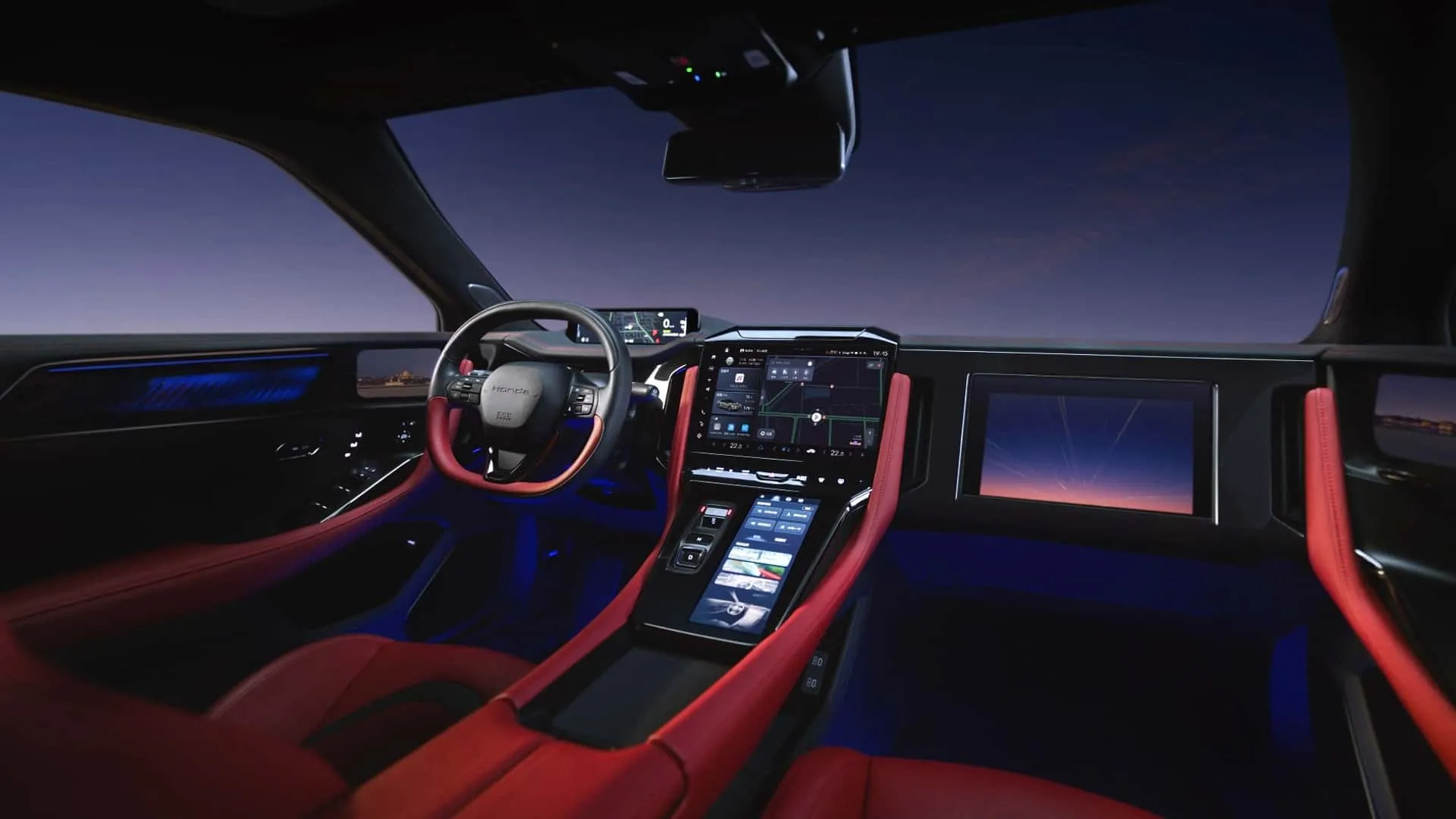
There’s the main infotainment screen, a vertical screen next to the gear selector, and the “cherry on top” (albeit a sour one): the passenger screen. The latter resembles a cheap tablet from the early 2010s, with bulky borders, awkwardly fitted into the dashboard. If there’s a bright side, it’s the inclusion of a few physical buttons between the infotainment and the vertical screen, along with some fixed touch keys on the main screen. But honestly, it’s hard to find many praises here. The trend of excessive screens in cars seems to have reached a new peak with the GT.
Performance and Platform: What to Expect?
Although Honda hasn’t disclosed the technical specifications of the GT, we can get a good idea based on its “siblings” the S7 and P7. They use the new Honda e:N Architecture W platform, which supports rear-wheel drive (RWD) and all-wheel drive (AWD).
Single-motor models deliver around 268 horsepower, while dual-motor versions reach up to 469 hp. The energy comes from an 89.8 kWh battery supplied by CATL, a Chinese giant in the sector. The claimed range is up to 404 miles (RWD) or 385 miles (AWD), but beware: these figures are based on the Chinese CLTC cycle, known for being quite optimistic. The real performance tends to be lower.
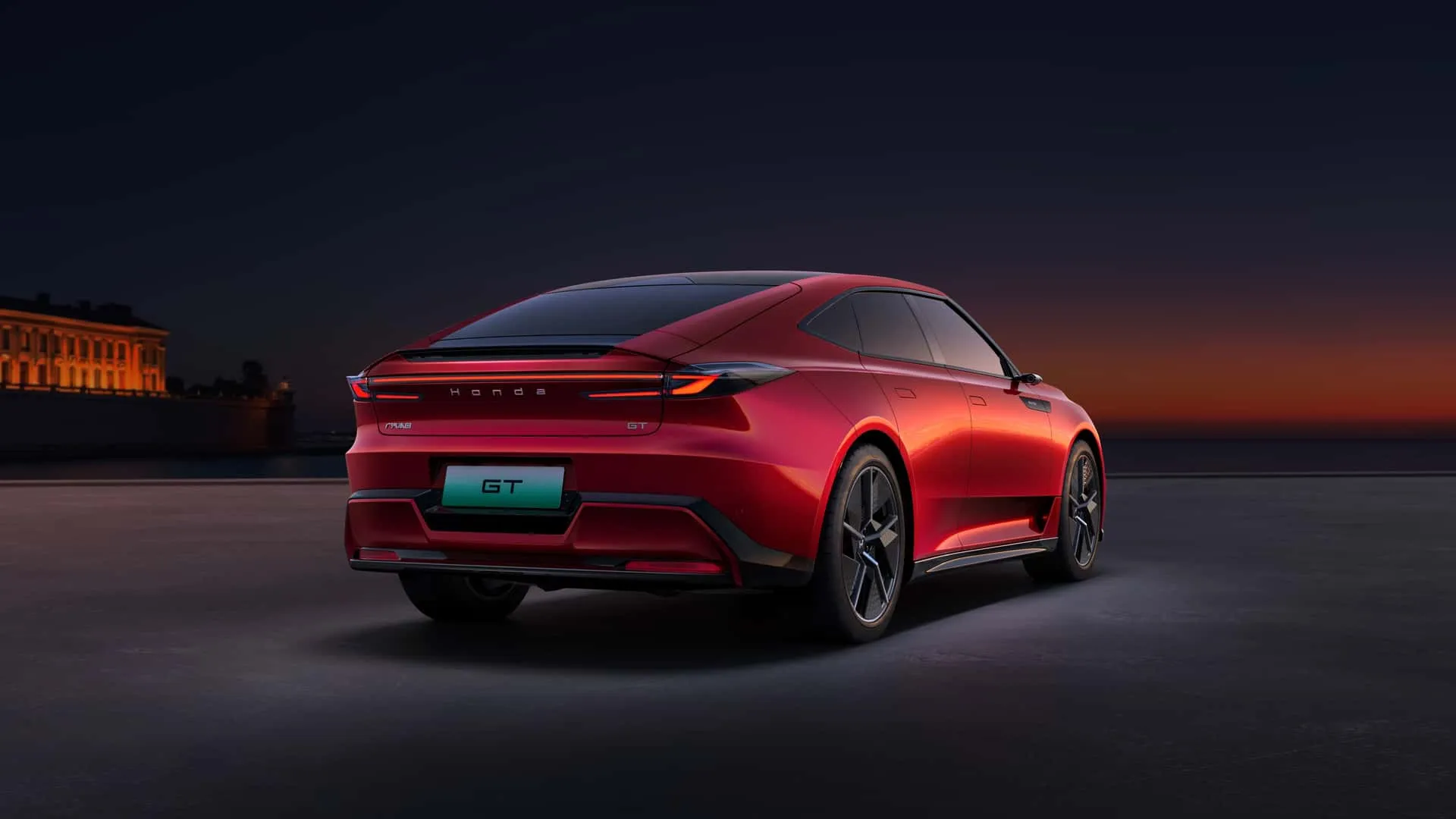
This configuration places the Honda GT in a competitive segment in China, facing both established and emerging models with advanced technologies, such as the XPeng G9 with its ultra-fast charging.
Honda GT vs. Potential Competition (Estimates)
| Model | Estimated Power (hp) | Estimated Range (CLTC km) |
|---|---|---|
| Honda GT (RWD) | ~268 | ~650 |
| Honda GT (AWD) | ~469 | ~620 |
| XPeng P7 (Similar) | 276 – 473 | 562 – 702 |
| NIO ET5 | 489 | 560 – 1000+ (depends on battery) |
| BYD Han EV | 245 – 517 | 605 – 715 |
The competition in the Chinese EV market is fierce, with many brands seeking to innovate, as we saw in the announcement of the Onvo L90 from NIO, a sub-brand focused on more affordable models.
Another interesting point of comparison is how traditional manufacturers are adapting, like Toyota with its Toyota bZ7, positioned against strong local rivals like the BYD Han and the Xiaomi SU7.
Frequently Asked Questions (FAQ)
- When will the Honda GT be launched?
Honda is unveiling the production version at the Shanghai Auto Show, indicating that the commercial launch in China is imminent, likely still in 2024 or early 2025. - What will the price of the Honda GT be?
There is currently no official pricing information available. It is expected to be competitive within the medium electric sedan/coupe segment in China. - Will there be a global version of the Honda GT?
As of now, the Ye lineup, including the GT, is exclusive to the Chinese market. Honda has not announced plans for a global launch. - Why so many screens in the interior?
It seems to be an attempt to attract the Chinese consumer, who typically values technology and large displays. However, the execution and usability raise concerns about safety and distraction. - What is the Honda Ye series?
It is a new sub-brand or series of electric vehicles from Honda developed specifically for the Chinese market, utilizing the e:N Architecture W platform and focusing on modern design and technology.
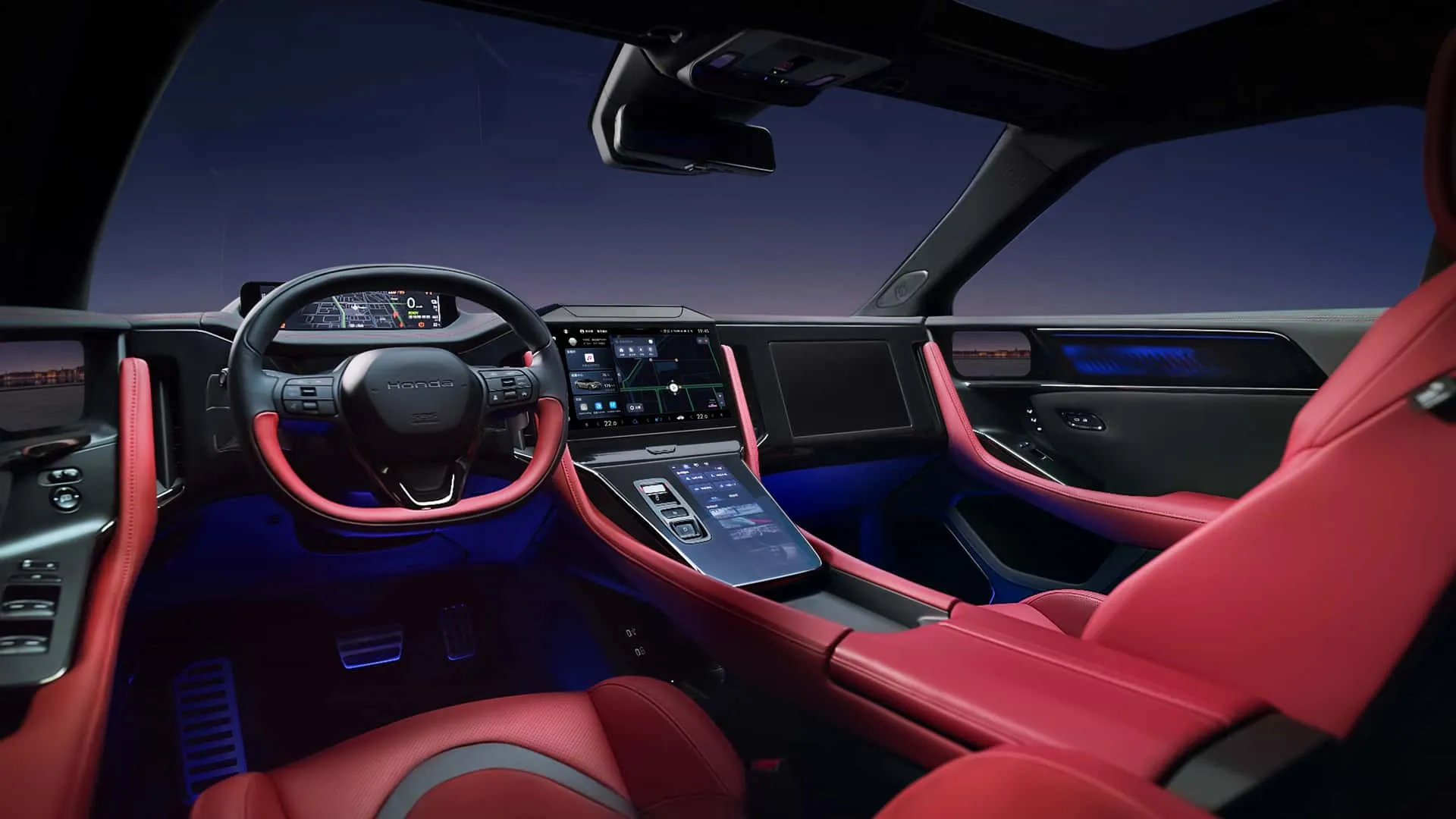
Looking at the Honda GT, I have mixed feelings. The exterior design is truly appealing and shows that Honda can take risks when it wants to. The platform and the potential performance and range figures (even on the optimistic CLTC cycle) are promising, placing it on equal footing with strong competitors in the Chinese market. However, I can’t overlook the interior. The profusion of screens, especially that of the passenger, seems more like an unnecessary distraction and an aesthetically questionable choice than a helpful innovation. I prefer cleaner interfaces with more physical controls, but I understand that the Chinese market has its peculiarities.
And what do you think of the New Honda GT? Do you think six screens is an exaggeration or has the future arrived? Leave your comment below!
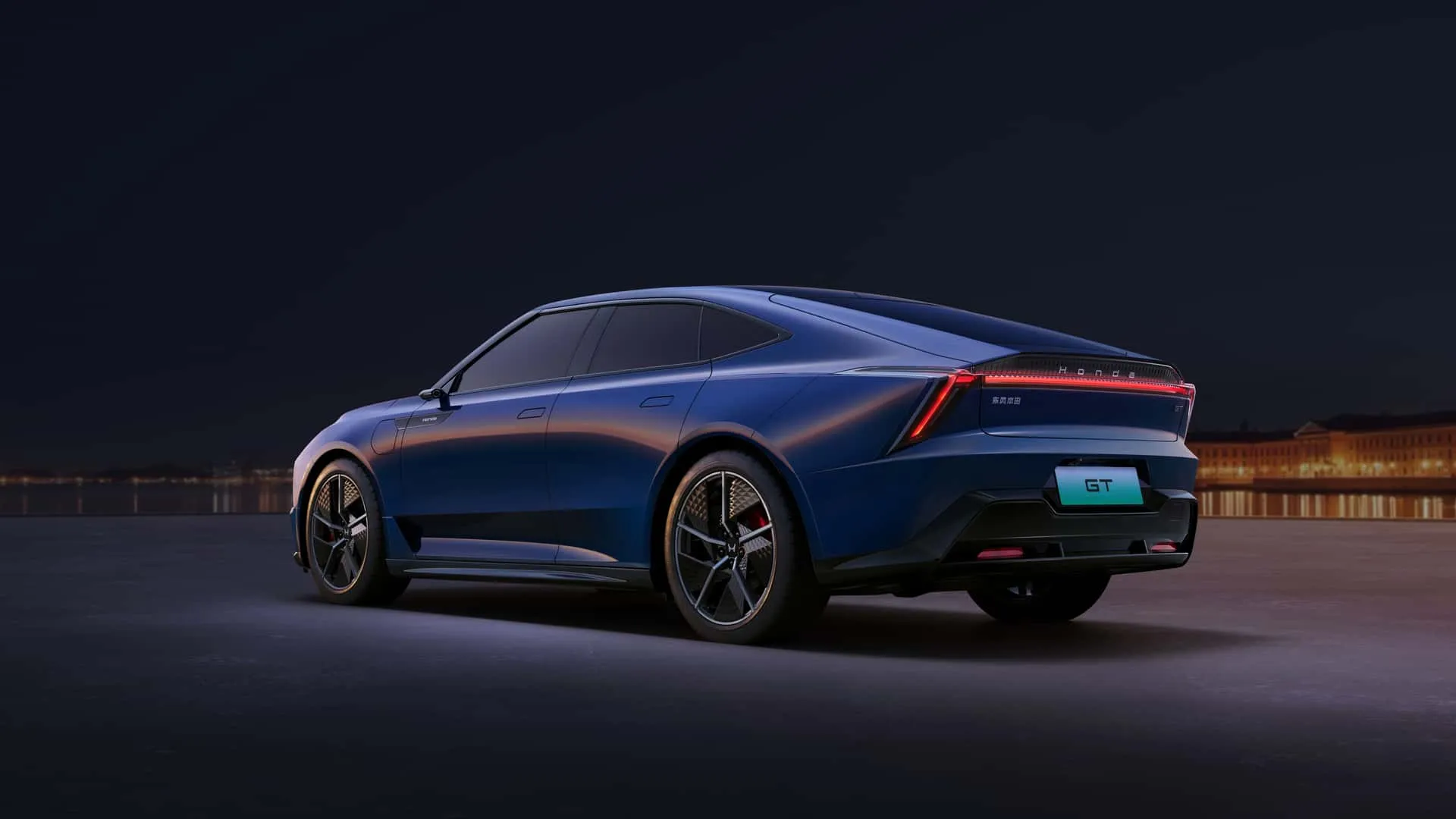

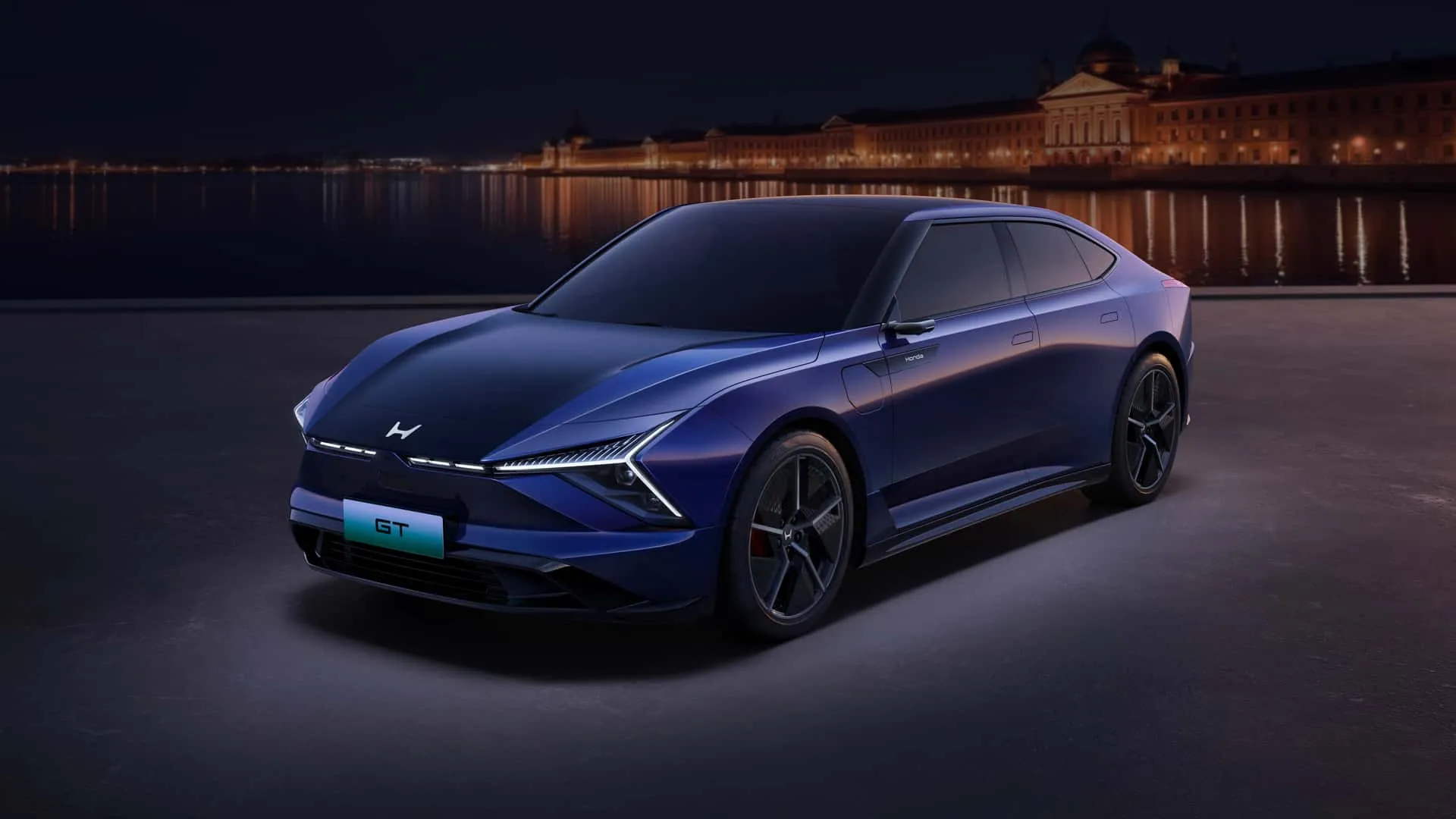

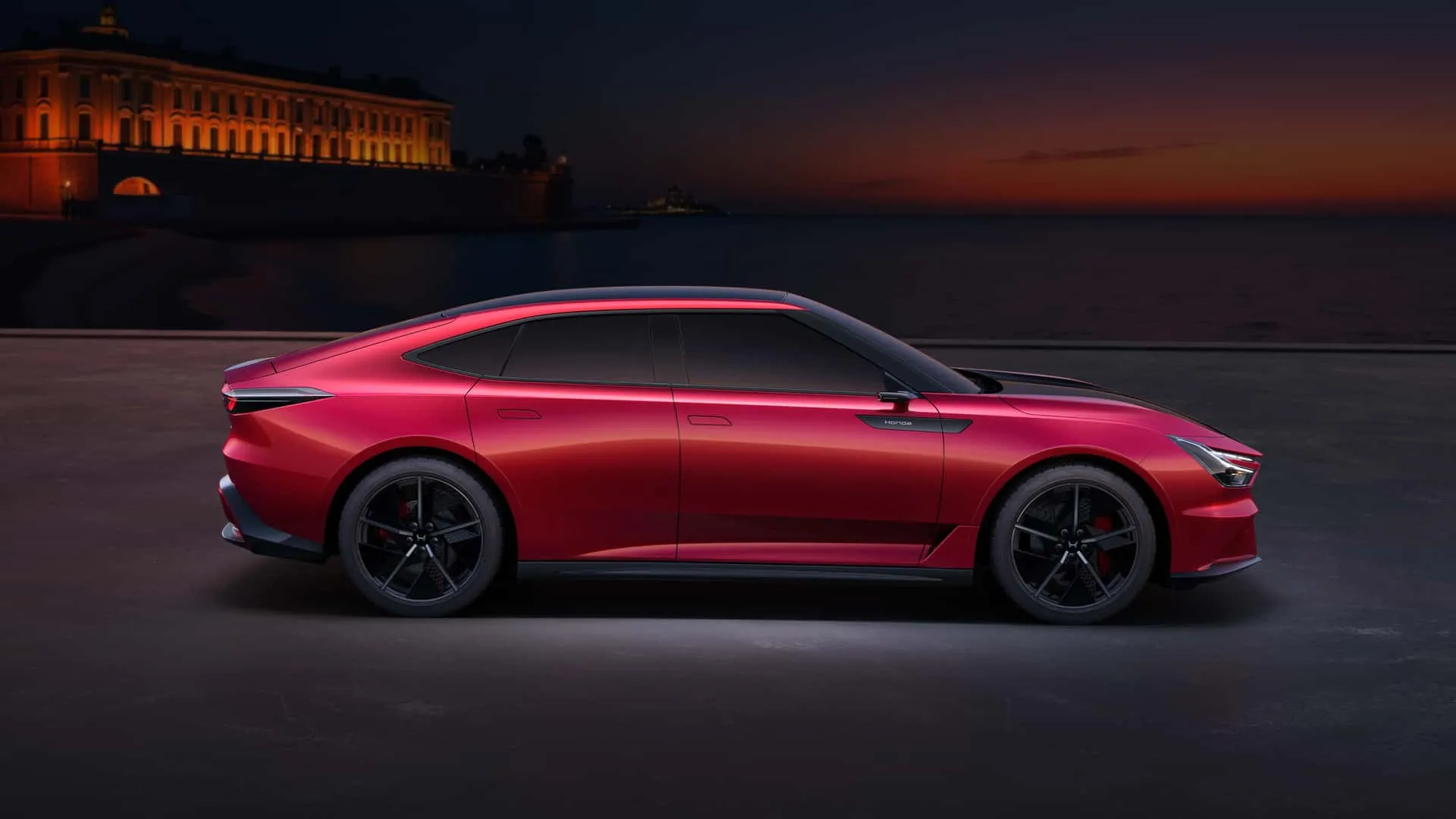




Author: Fabio Isidoro
Founder and editor-in-chief of Canal Carro, he dedicates himself to exploring the automotive universe with depth and passion. A car and technology enthusiast, he produces technical content and in-depth analyses of national and international vehicles, combining quality information with a critical eye for the public.



